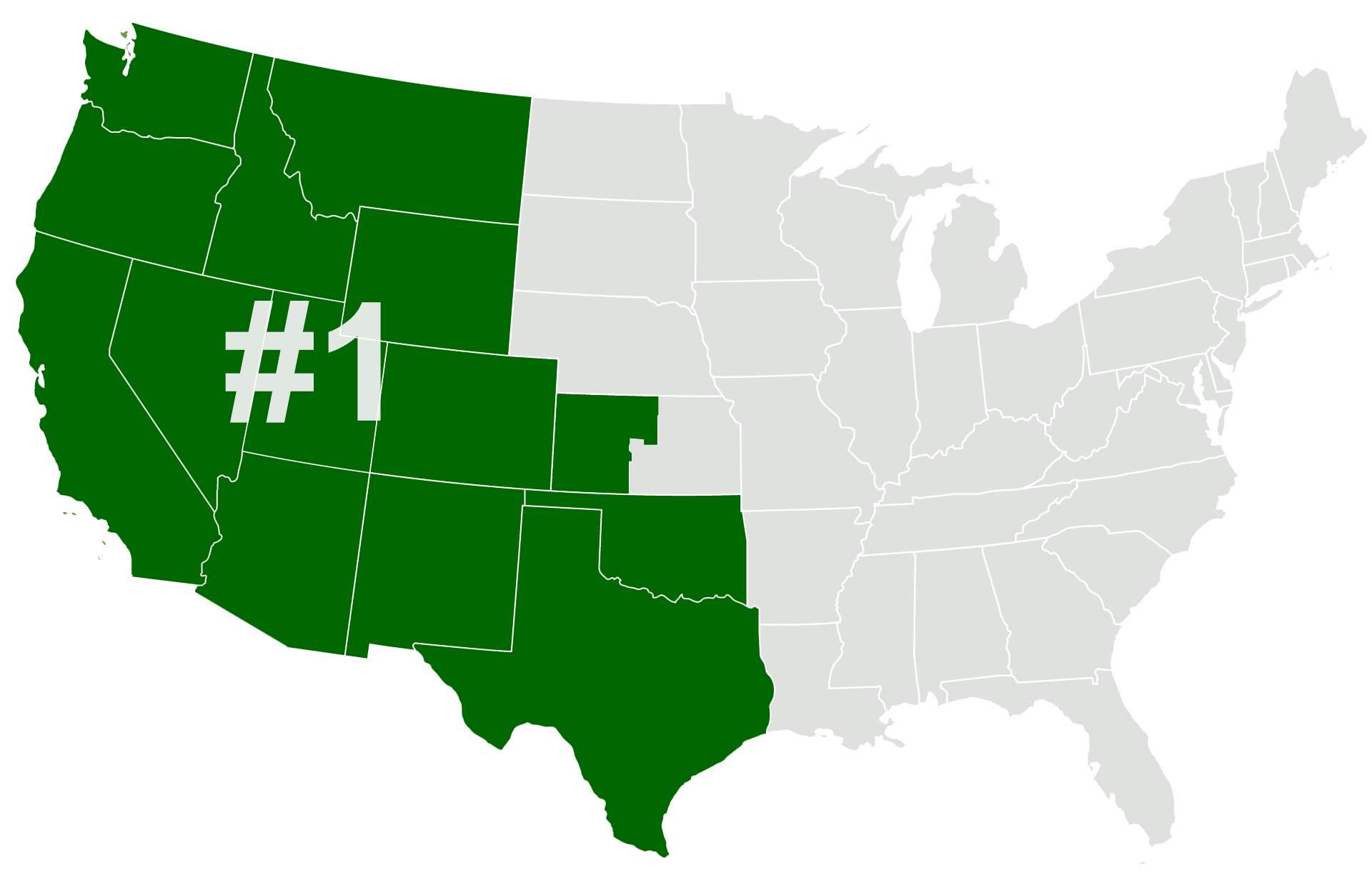Analyzing Harvest Data
Harvest is the moment of truth — when farmers see if their seed and management decisions paid off in yield. But yield doesn’t tell the whole story on its own.
Learn MoreEvery acre is unique. That’s why Pioneer® — the nation’s #1 brand for corn and soybeans¹ — delivers proven genetics, advanced traits, and local support. Our insights and recommendations are tailored for the West, helping growers get the most out of every bag of seed.

¹According to Kynetic USA, Inc. agricultural sales data for 2024 corn and soybean sales. Copyright 2025 Kynetec USA, Inc.
The foregoing is provided for informational use only. Please contact your Pioneer sales representative for information and suggestions specific to your operation. Product performance is variable and depends on many factors such as moisture and heat stress, soil type, management practices and environmental stress as well as disease and pest pressures. Individual results may vary. Pioneer® brand products are provided subject to the terms and conditions of purchase which are part of the labeling and purchase documents.
®™ Trademarks of Corteva Agriscience and its affiliated companies. Enlist E3® soybeans are jointly developed and owned by Corteva Agriscience LLC and M.S. Technologies, LLC. Enlist One is the only 2,4-D product authorized for use in Enlist crops. Not all products are registered for sale or use in all states or counties. Enversa™, Kyro®, and Resicore® REV are not available for sale, distribution or use in Nassau and Suffolk counties in the state of New York. Contact your state pesticide regulatory agency to determine if a product is registered for sale or use in your state or area. Consult the label before purchase or use for full details. Always read and follow label directions. ©2025 Corteva.